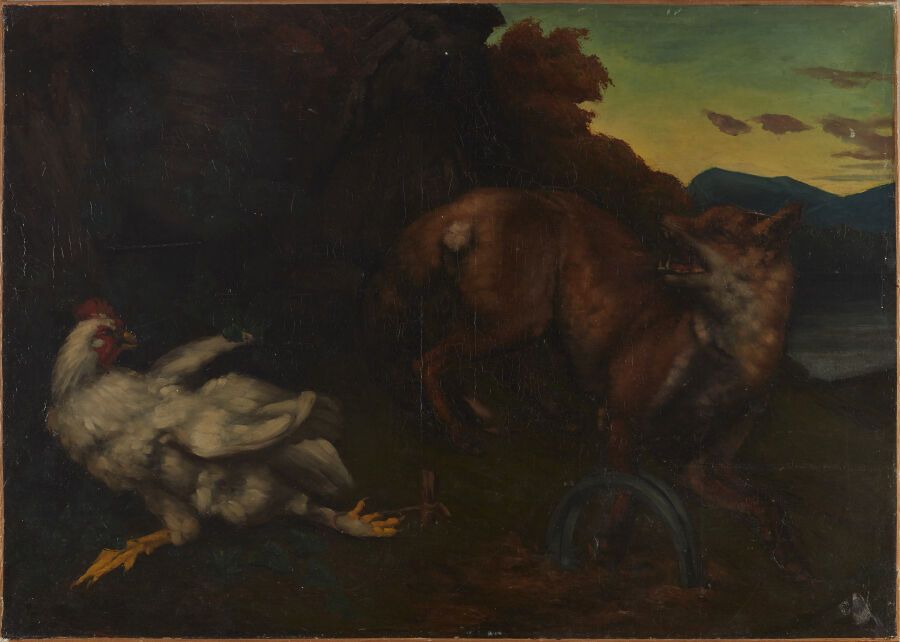Description
Entourage of Gustave COURBET (1819-1877) Fox caught in a trap Circa 1860 Oil on canvas Bears a trace of initials or date on the lower left Height : 81 cm 81 cm ; Width : 112 cm By tradition, this painting would have been acquired by the family of the current owner in Gustave Courbet's workshop. Expert : Cabinet Brame & Lorenceau
41
Entourage of Gustave COURBET (1819-1877) Fox caught in a trap Circa 1860 Oil on canvas Bears a trace of initials or date on the lower left Height : 81 cm 81 cm ; Width : 112 cm By tradition, this painting would have been acquired by the family of the current owner in Gustave Courbet's workshop. Expert : Cabinet Brame & Lorenceau
You may also like
